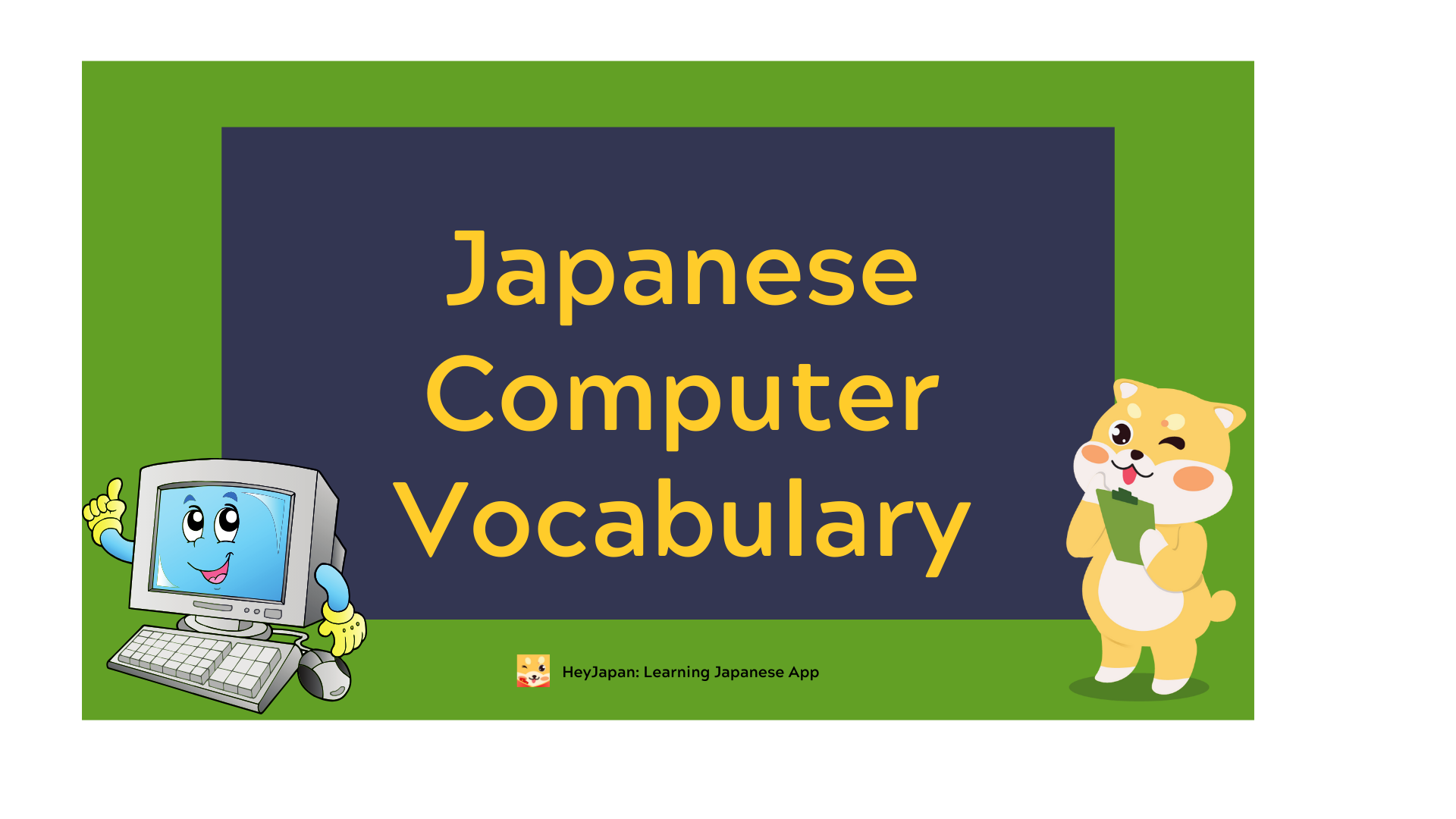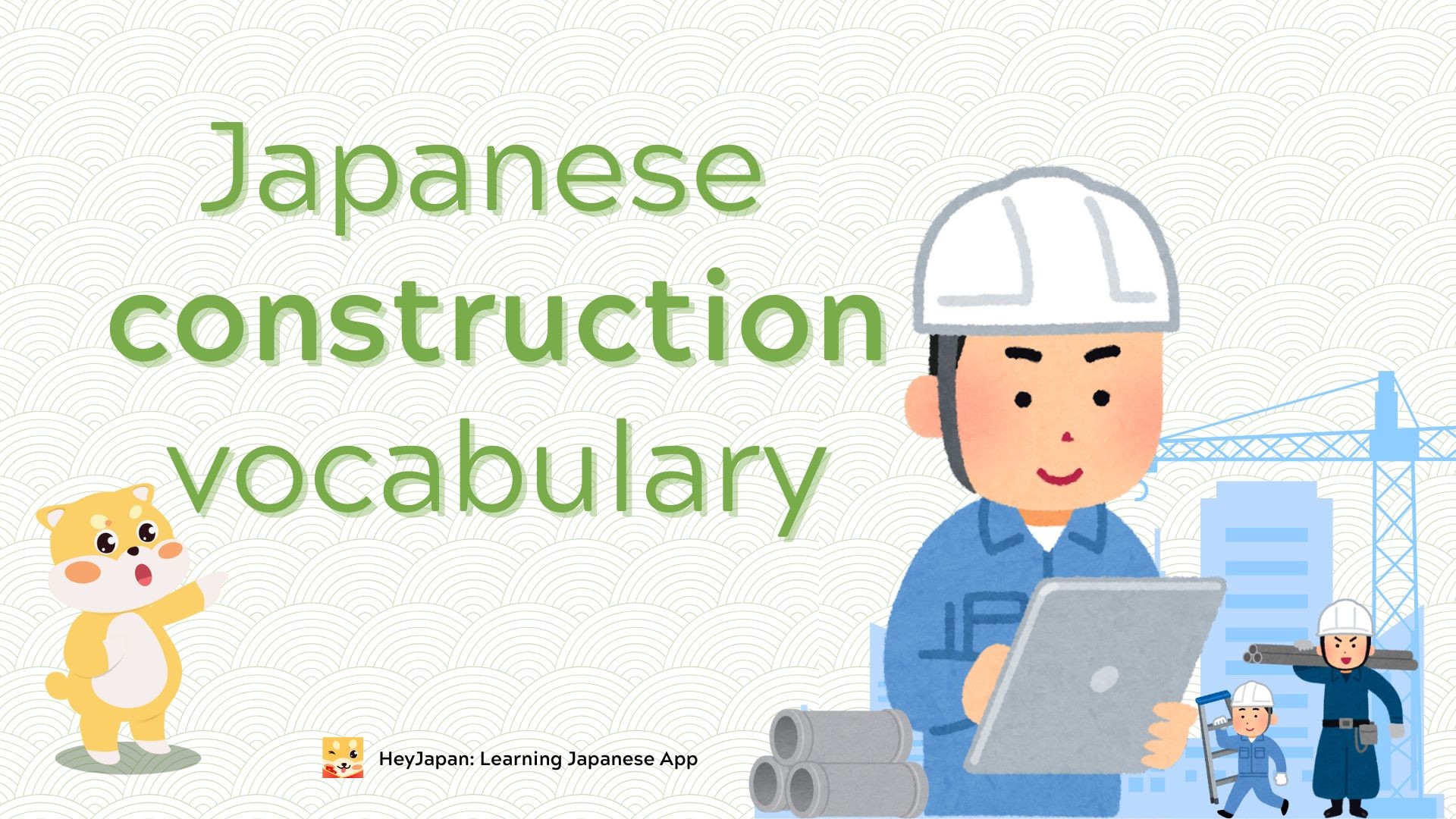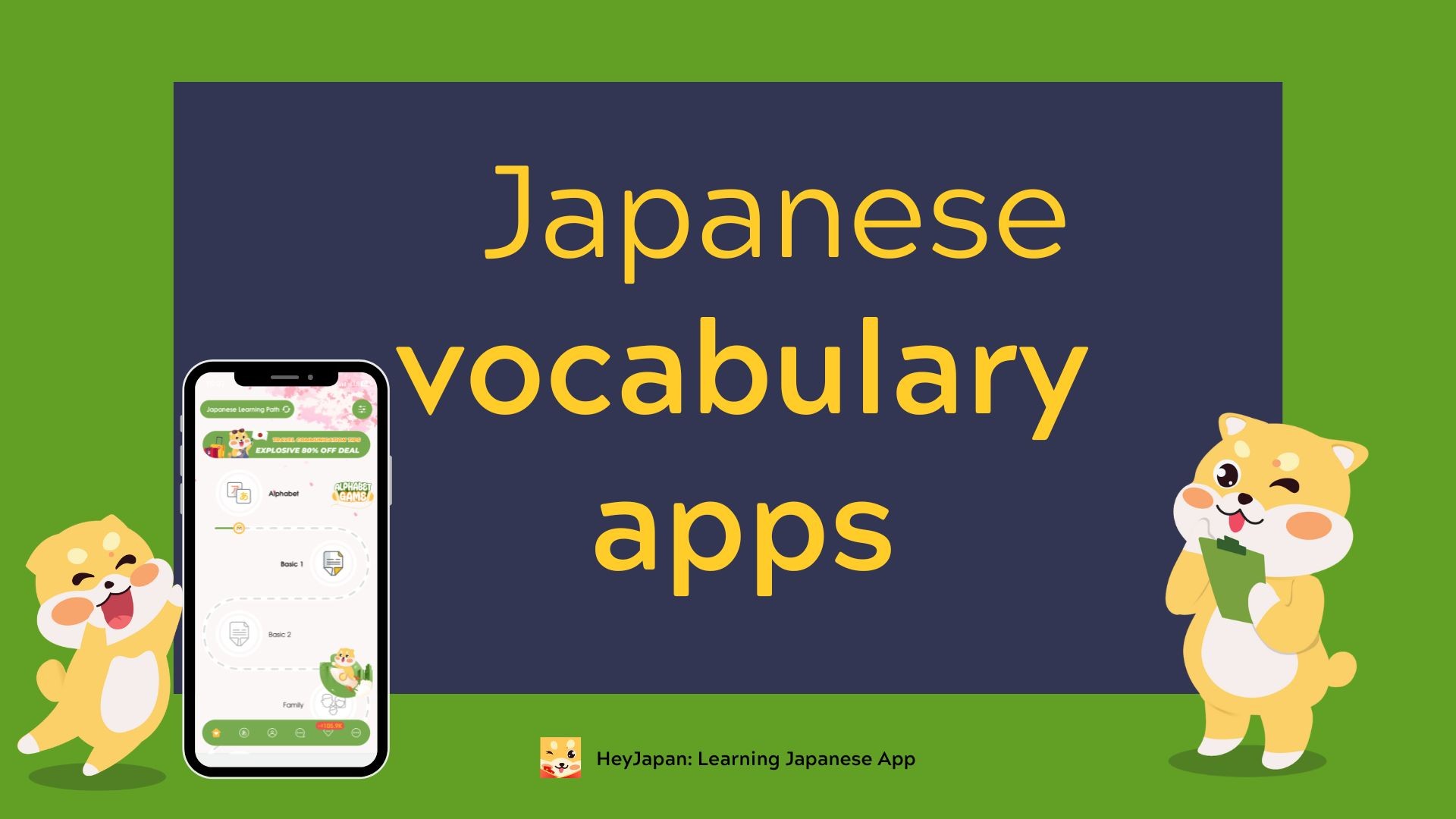- 1.Greetings and Basic Phrases
- 2.Ordering Food and Drinks
- 3.Asking for Directions
- 4. Shopping and Bargaining
- 5. Emergency Situations
- 6. Cultural Tips and Etiquette
- Bowing and Hand Gestures
- Removing Shoes and Slippers
- Etiquette in Public Places
- 7. Conclusion
- 8. FAQs
Are you planning a trip to Japan? Learning some basic Japanese phrases can greatly enhance your travel experience. While English is spoken in major cities and tourist areas, having a few key phrases under your belt will help you navigate the country with ease and connect with locals on a deeper level. In this article, we will provide you with essential phrases and valuable tips to learn the basic Japanese language for travel.
1.Greetings and Basic Phrases
When you meet someone in Japan, it's customary to greet them with a polite phrase. Use the following greetings to initiate a conversation:
- Konnichiwa (Hello)
- Ohayō gozaimasu (Good morning)
- Konbanwa (Good evening)
Expressing gratitude is essential in Japanese culture. Use these phrases to convey your thanks:
- Arigatō gozaimasu (Thank you)
- Dōitashimashite (You're welcome)
Politeness is highly valued in Japan. These phrases will help you navigate social situations:
- Sumimasen (Excuse me)
- Gomen nasai (I'm sorry)
2.Ordering Food and Drinks
Dining in Japan can be an exciting experience. Use these phrases to order food and drinks:
- Menyū o onegaishimasu (Menu, please)
- Kore o kudasai (I'll have this, please)
- Osusume wa nan desu ka? (What do you recommend?)
If you're unsure about what to eat, don't hesitate to ask for recommendations:
- Oishii tabemono wa arimasu ka? (Do you have any delicious dishes?)
- Osusume wa nan desu ka? (What do you recommend?)
If you have specific dietary requirements or allergies, communicate them with the restaurant staff:
- Watashi wa bejitarian desu. (I am a vegetarian.)
- Pīnattsu arerugī ga arimasu (I have allergies to peanuts)

Japan is known for its delicious and diverse cuisine
Here are some popular food recommendations for you to try when visiting Japan:
- Sushi: Japan is famous for its sushi, which consists of bite-sized portions of fresh raw fish or seafood served on seasoned rice.
- Ramen: This Japanese noodle dish has gained worldwide popularity. It typically features wheat noodles served in a savory broth with various toppings such as pork, egg, nori (seaweed), and green onions.
- Tempura: Tempura is a dish of deep-fried seafood or vegetables coated in a light, crispy batter. It is often served with a dipping sauce and grated daikon radish.
- Takoyaki: These are delicious octopus balls made from a batter filled with small pieces of octopus, green onions, and other ingredients. Takoyaki is cooked in a special molded pan and topped with sauce, mayonnaise, bonito flakes, and seaweed.
- Okonomiyaki: Known as Japanese savory pancakes, Okonomiyaki is made from a batter mixed with cabbage, meat or seafood, and other ingredients. It's usually cooked on a griddle and topped with various sauces, mayonnaise, and bonito flakes.
- Sashimi: Sashimi refers to thin slices of raw fish or seafood that are served without rice. It is often enjoyed with soy sauce, wasabi, and grated daikon radish.
- Yakitori: Yakitori consists of skewered and grilled bite-sized pieces of chicken or other meats. It is commonly seasoned with a soy-based sauce and can be enjoyed with a variety of dipping sauces.
- Tonkatsu: Tonkatsu is a breaded and deep-fried pork cutlet that is typically served with a tangy tonkatsu sauce, shredded cabbage, and rice.
- Udon: Udon is a type of thick wheat noodle served in a hot or cold broth. It can be enjoyed with various toppings such as tempura, green onions, and grated ginger.
- Matcha: Matcha is powdered green tea that is used to make a frothy and flavorful beverage. It is also used in various desserts like matcha ice cream, cakes, and mochi.
3.Asking for Directions
If you find yourself in need of assistance, use these phrases to ask for help:
- Sumimasen, chotto tasukete kudasai. (Excuse me, could you please help me?)
- Dareka tasukete kudasai! (Someone, please help!)
Navigating a foreign country can be challenging. Use these phrases to ask for directions:
- Doko desu ka? (Where is it?)
- Eki wa doko desu ka? (Where is the train station?)
Using public transportation is common in Japan. Here are some phrases to help you navigate:
- Ima, tetsudaimashō. (I will take the train now.)
- Kono basu wa doko e iku no desu ka? (Where does this bus go?)
4. Shopping and Bargaining
When shopping in Japan, these phrases will come in handy:
- Ikura desu ka? (How much is it?)
- Kore o kaimasu. (I will buy this.)
Bargaining is not common in Japan, but you can try these techniques:
- Kono nedan wa sukoshi yasuku shite kudasai. (Please make the price a little cheaper)
- Ano misemono wa aruitemo yasuku narimasu ka? (Will the price be cheaper if I walk away?)
When shopping for clothes or other items, use these phrases to understand sizes and measurements:
- Sono shatsu wa nanbai arimasu ka? (How much is that shirt?)
- Watashi wa S size desu. (I am a size small.)
5. Emergency Situations
In case of an emergency, these phrases will help you seek assistance:
- Kinkyū desu! Tasukete kudasai! (It's an emergency! Please help!)
- Kōban wa doko desu ka? (Where is the police box?)
If you require medical assistance, use these phrases:
- Byōin wa doko desu ka? (Where is the hospital?)
- Kyūkyūsha o yonde kudasai! (Please call an ambulance!)
If you need to contact the police, use the following phrases:
- Keisatsu o yonde kudasai! (Please call the police!)
- Tōshiba wa doko desu ka? (Where is the nearest police station?)
In Japan, the emergency number to call for immediate assistance is 110. This number is equivalent to the emergency "911" line in many other countries. When you dial 110, you will reach the police emergency line.
If you require medical assistance or an ambulance, the emergency number to call is 119. This number connects you to the fire and ambulance services in Japan.
Remember, in case of an emergency, it's important to stay calm and provide clear and concise information about the situation to the operator. If possible, try to communicate your location and the nature of the emergency in English, as English-speaking operators are available in major cities and tourist areas.
6. Cultural Tips and Etiquette
Bowing and Hand Gestures
Bowing is a common form of greeting in Japan. Here are some cultural tips:
- When greeting someone, bow slightly to show respect.
- Avoid pointing or using excessive hand gestures.

Bowing is a common form of greeting in Japan
Removing Shoes and Slippers
In Japan, it's customary to remove your shoes when entering someone's home. Remember these guidelines:
- Take off your shoes at the entrance.
- Use the slippers provided inside the house.
Etiquette in Public Places
When in public places, follow these etiquette tips:
- Keep your voice low in restaurants and public transportation.
- Avoid eating or drinking while walking.
Here are some resources, both online and offline, that can help you learn about Japanese culture before your trip to Japan:
- Books:
- "A Geek in Japan: Discovering the Land of Manga, Anime, Zen, and the Tea Ceremony" by Héctor García
- "Japan: Culture Smart! The Essential Guide to Customs & Culture" by Paul Norbury
- "The Japanese Mind: Understanding Contemporary Japanese Culture" by Roger J. Davies and Osamu Ikeno
- Websites:
- Japan National Tourism Organization (JNTO): Official tourism website of Japan with information on culture, attractions, and travel tips. Website: https://www.japan.travel/en/
- Japan Guide: Comprehensive travel guide with detailed information on various aspects of Japanese culture. Website: https://www.japan-guide.com/
- GaijinPot: Online resource for foreigners in Japan, featuring articles on culture, language, and daily life. Website: https://gaijinpot.com/
- Online Courses:
- Coursera: Offers courses related to Japanese culture and language, such as "Japanese Culture Through Rare Books" and "Japanese for Travelers." Website: https://www.coursera.org/
- Udemy: Provides a variety of courses on Japanese culture and language, including "Japanese Culture: Traditions, Customs, and Etiquette." Website: https://www.udemy.com/
- Museums and Cultural Centers:
- Edo-Tokyo Museum (Tokyo): Showcases the history and culture of Tokyo during the Edo period.
- Kyoto National Museum (Kyoto): Displays a wide range of traditional Japanese art and artifacts.
- Hiroshima Peace Memorial Museum (Hiroshima): Provides insights into the events surrounding the atomic bombing and promotes peace.
Please note that the availability and accessibility of these resources may vary. You can search for the specific titles, visit the websites mentioned, or check your local libraries, bookstores, or online platforms for more information and availability.
7. Conclusion
Learning some basic Japanese phrases before your trip can make a world of difference. By using these essential phrases and following the cultural tips provided, you'll be able to navigate Japan with ease and make meaningful connections with locals. Immerse yourself in the language and culture, and embrace the unique experience that Japan has to offer.
8. FAQs
1. Do I need to learn Japanese before traveling to Japan?
While it's not mandatory, learning some basic Japanese phrases will greatly enhance your travel experience and help you communicate with locals.
Try learning Japanese for free here or download HeyJapan app to get start.
2. Can I get by with English in Japan?
In major cities and tourist areas, you can generally find English speakers. However, knowing a few Japanese phrases will make it easier to navigate outside these areas.
3. How do I ask for help if I don't speak Japanese?
You can use simple gestures, point to maps or written directions, or rely on translation apps to communicate your needs.
4. Are there any cultural taboos I should be aware of?
Yes, Japan has certain cultural customs and taboos. For example, avoid blowing your nose in public and be mindful of your chopstick etiquette.
5. Is it necessary to bow when greeting someone?
While not mandatory, bowing is a sign of respect in Japan. A slight bow will suffice in most situations.
Learn basic Japanese with HeyJapan
iOS: https://apps.apple.com/us/app/heyjapan-learn-basic-japanese/id1576311051
Android: https://play.google.com/store/apps/details?id=com.eup.heyjapan









